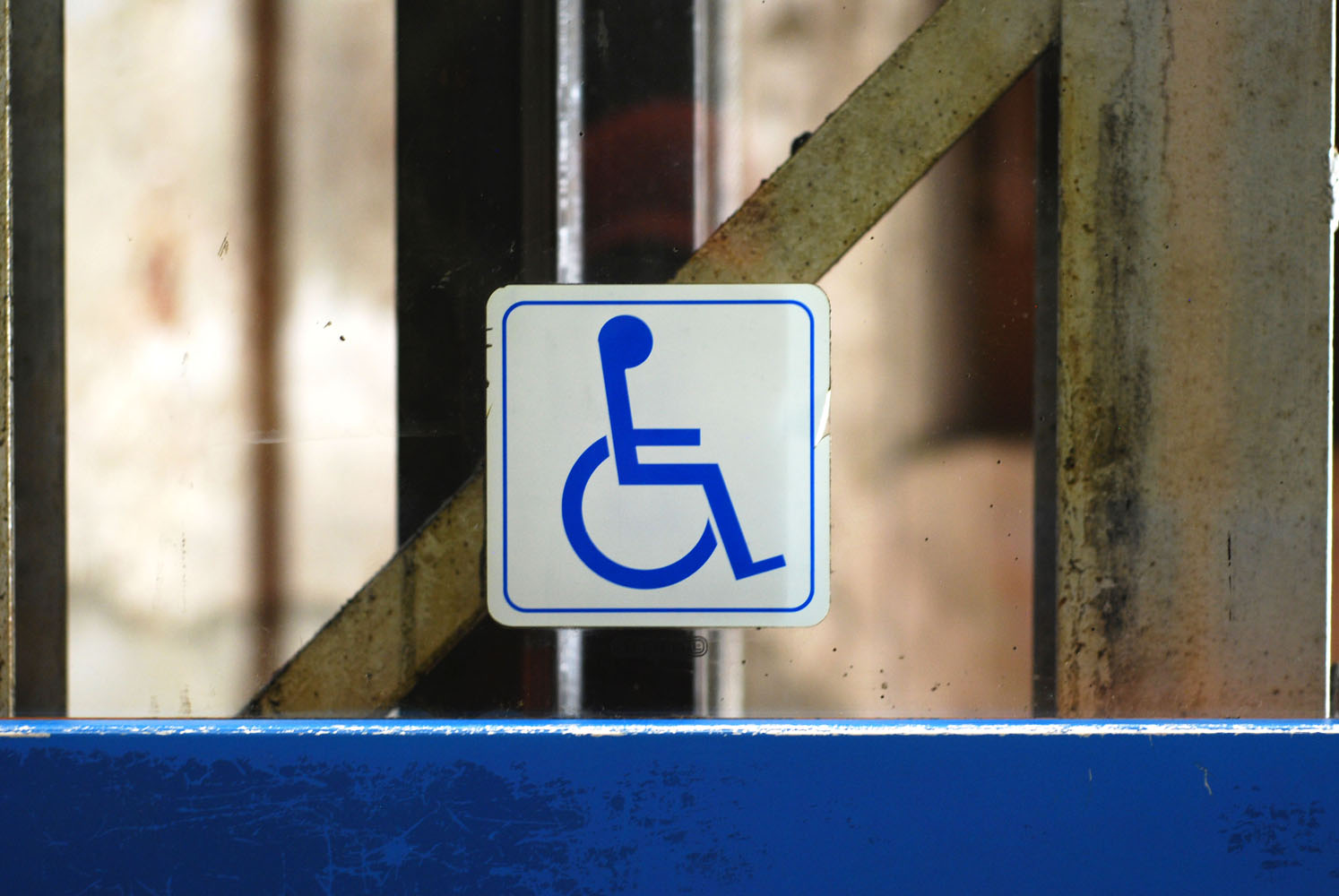A disability will inevitably change your life as you know it. It restricts your movement, but, that doesn’t mean you have give up your freedom. For many people with a disability, driving is still a very real possibility. There are schemes in place to assist, and they can get you back on the road. If you love driving, don’t let your disability hold you back. In this post, we’ll show you how to optimize your car for your disability, and get back on the road. Let’s dive straight in, shall we?
Consult your local authority
Before you get behind the wheel of your car, consult your local authority. In some cases, there are still restrictions on driving, depending on the severity and type of disability. For example, many neurological conditions such as epilepsy require you to give up your license. On the other hand, most physical disabilities still allow you to drive. You may need some alterations and adaptations, but most physical disabilities do not disqualify you from a license. Your first step is to approach your local authority, and find out exactly which category you fall into.
Choosing a car
If you are disabled, then choosing the right car is essential. You’re looking for something that is easy to get in and out of. (Tip: the Land Rover Defender is excellent for this). Ideally, it should have motorized doors to make loading and unloading easier. A large boot is handy if you need somewhere to store the wheelchair. It’s also ideal if you can control most of the dials with as little trouble as possible. You can research the size and measurements of cars online to narrow down the field. Then visit a showroom to see it in real life.
Motability scheme
The Motability scheme is specifically designed for handicapped drivers. The scheme offers a discount price for certain cars that are specifically designed for disabled drivers. In some cases, they are adapted or moulded to fit around your disability. In others, they are simple large and accessible vehicles. You can see some of the Motability offers at RRG, and get a sense of what’s out there. The scheme is designed to give you some freedom back, and get you back on the road.
The blue badge
As a disabled person, you are entitled to apply for a government-issued blue badge. It gives you the right to park in disabled parking bays throughout the country, and indeed the world. The blue badge also allows you free access to street parking in the central areas of some cities. It’s incredibly useful if you have difficulty using public transport.
Adaptations for access at home
For some people, the hardest part is getting to and from the car. That’s why many local authorities have budgets available for altering and adapting your home. Ask your local council about dropping curb heights, or installing handrails on your property.
As you can see, disability doesn’t have to take away your freedom. Follow this advice, and you can get back behind the wheel of a car in no time.


